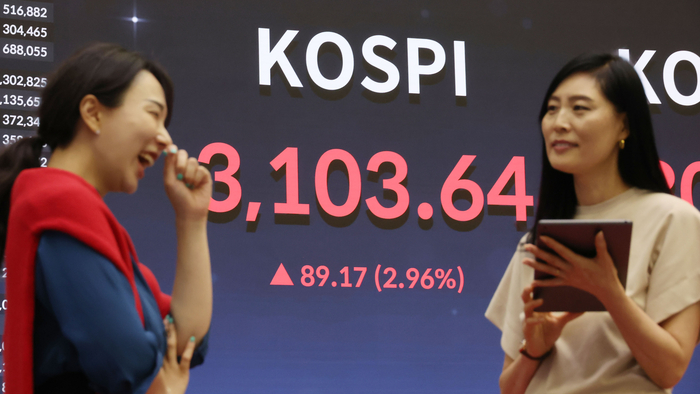Understanding the KOSPI Index and Its Market Impact

Introduction to the KOSPI Index
The KOSPI Index, short for the Korea Composite Stock Price Index, is a pivotal barometer of South Korea’s equity market performance. It reflects the price movement of stocks listed on the Korea Exchange, making it a critical indicator for investors and analysts alike. Given South Korea’s status as one of Asia’s largest economies, fluctuations in the KOSPI can offer insights into both regional economic health and global market trends.
Recent Developments in the KOSPI Index
As of October 2023, the KOSPI Index has been influenced by several factors including global economic conditions, domestic policies, and the ongoing impact of the COVID-19 pandemic. Recently, analysts observed the KOSPI experiencing heightened volatility due to geopolitical tensions in the region and shifts in monetary policy from major economies such as the United States. For instance, the Federal Reserve’s approach to interest rates impacts foreign investments in South Korean stocks, causing ripples in the KOSPI.
Furthermore, tech giants like Samsung Electronics and SK Hynix are major components of the KOSPI, and their performance directly impacts the index. Following a global semiconductor downturn, the KOSPI index saw declines but has since rebounded as analysts project recovery in the global demand for chips. In mid-October 2023, the KOSPI was noted to have regained much of its earlier losses, rallying to around 2,400 points. This resurgence indicates investor confidence in South Korea’s economic resilience and recovery prospects.
Significance of the KOSPI for Investors
The KOSPI serves not just as a performance barometer but also as a vital analytical tool for investors worldwide looking at emerging markets. Given South Korea’s robust industrial base and innovation in technology, changes in the KOSPI can signal broader trends. The index is pulled into focus during significant international economic summits and trade discussions, as its performance can reflect investor sentiment surrounding bilateral trade relations.
Conclusion: The Future of the KOSPI Index
Looking ahead, the KOSPI will continue to play a pivotal role in understanding South Korea’s economic landscape. Analysts predict that if the global economy stabilizes and demand for technology products increases, the index could trend upward. However, potential risks such as geopolitical tensions and changes in global market dynamics will remain key factors to monitor. For investors, keeping an eye on the KOSPI is essential, as it not only affects individual investment strategies but also provides insights into the evolving economic landscape of South Korea and Asia at large.









